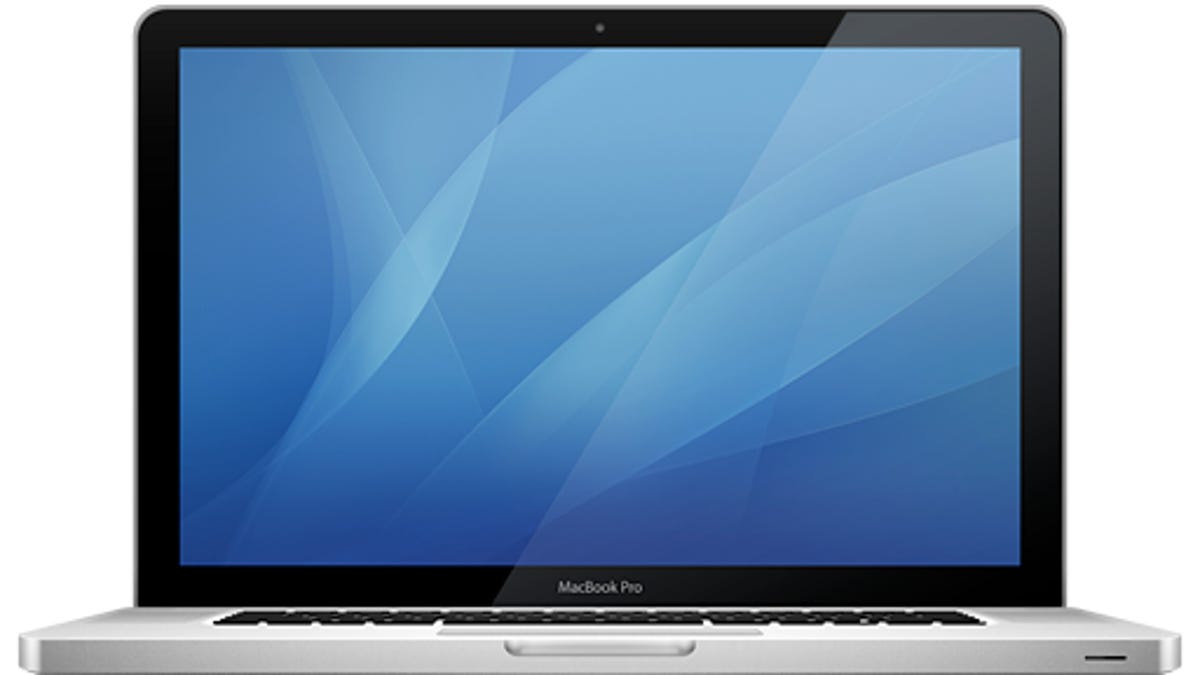Some Retina MacBook Pro owners seeing interface lag
Hardware limitations may be a factor, but choppy or laggy scrolling and window movement might be remedied by an OS reinstallation among other options.

Some owners of Apple's new Retina MacBook Pro are finding that instead of a smooth interaction with the OS X interface, the systems display relatively choppy behavior and may be slow to respond with moving windows, scrolling, and using Expose among other similar tasks. This problem seems to happen primarily when using Safari, Mail, and Mission Control features, but it also occurs in other programs.
Since the debut of the Retina MacBook Pro there has been some discussion over whether the system's hardware is capable of handling the computational throughput required by the Retina Display. In a recent review of the MacBook's performance, AnandTech outlined a notable decrease in interface performance for some applications, noting that ultimately Apple may simply be pushing the limits of current hardware capabilities with the new MacBook Pro.
It may be easy enough to claim Apple has a hardware limit it has run into with the MacBook Pro; however, the poor performance is not being shared by everyone using the systems. Some of those who have noted laggy performance on their systems have not seen the same lag on others, indicating that the problem has factors other than being simply a hardware limitation. Furthering this notion, some who have formatted their systems and set up OS X again from scratch have noticed a significant improvement if not an elimination of the laggy performance, which suggests that the OS configuration is a major contributing factor to the lag being experienced.
If you own a new Retina MacBook Pro and are noticing choppy and laggy interface behavior, there are several things you can try:
- Run a general maintenance routine.
OS X will create a number of temporary caches and hardware settings can be cleared using a general maintenance routine to see if they are affecting the system's performance or compatibility. - Turn off automatic graphics switching
To conserve power, Apple provides an option to tap into the Intel HD graphics on the CPU or automatically switch to the dedicated Nvidia Geforce 650M GPU. When there is no demand for the faster processor the system will by default switch to the lower power Intel HD graphics, but this may also contribute to perceived lag. Therefore, go to the Energy Saver system preferences and uncheck the automatic graphics switching option to only use the dedicated GPU. You can also use the popular gfxCardStatus utility to customize which GPU is used and when. - Format and reinstall OS X
Some of those with this problem have tried reinstalling OS X directly but have not seen much improvement; however, some who have performed a full format of their hard drives and then reinstalled OS X from scratch have seen a notable improvement in the interface lag. Therefore, if you are experiencing this problem, you can try first backing up your system and then restart with Command-R held down to load the OS X tools. Then select Disk Utility and use the Erase tab to format the hard drive. When done, quit Disk Utility and proceed with the OS X installation, migrating your data from your backup when the installation is complete.
Questions? Comments? Have a fix? Post them below or
e-mail us!
Be sure to check us out on Twitter and the CNET Mac forums.

